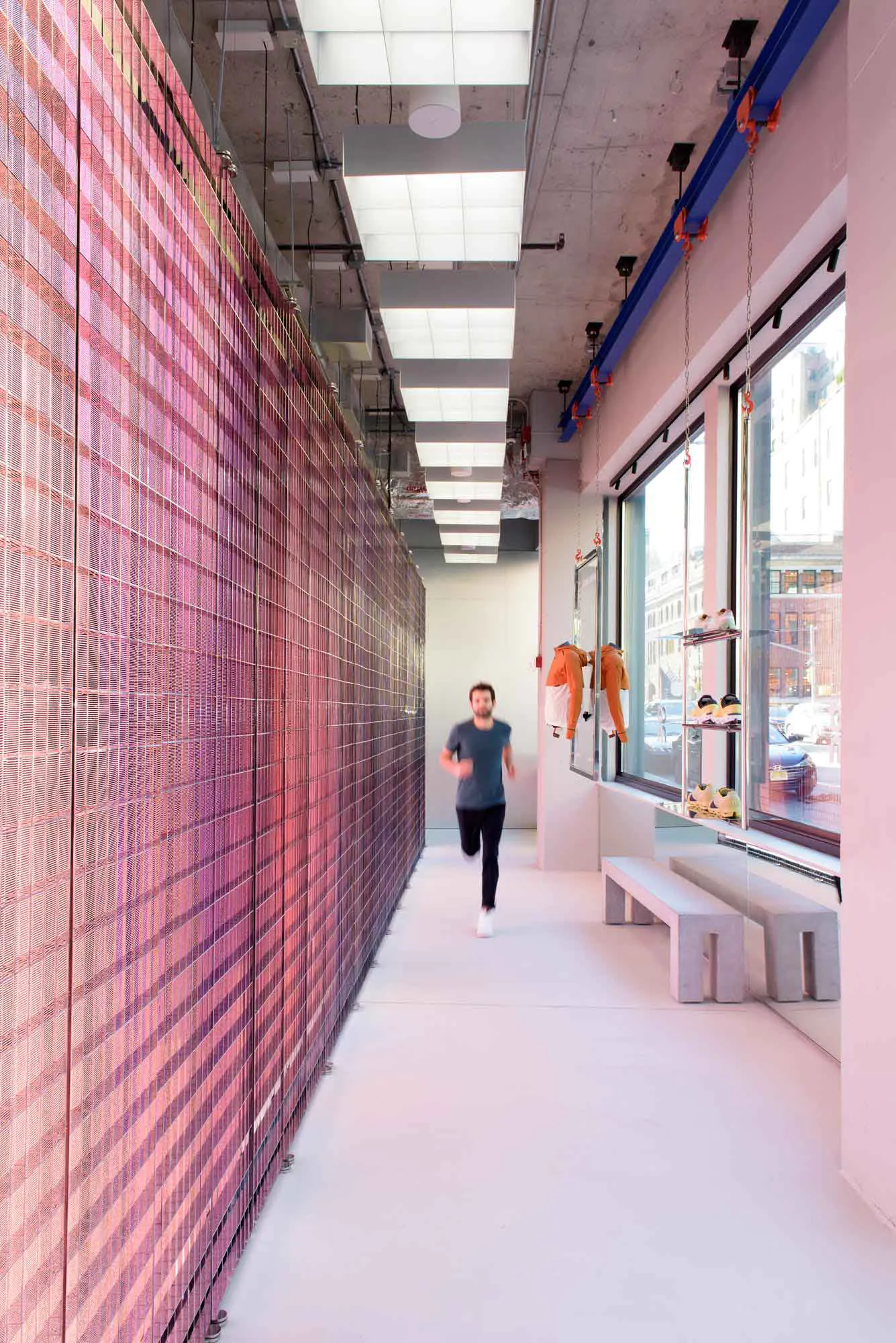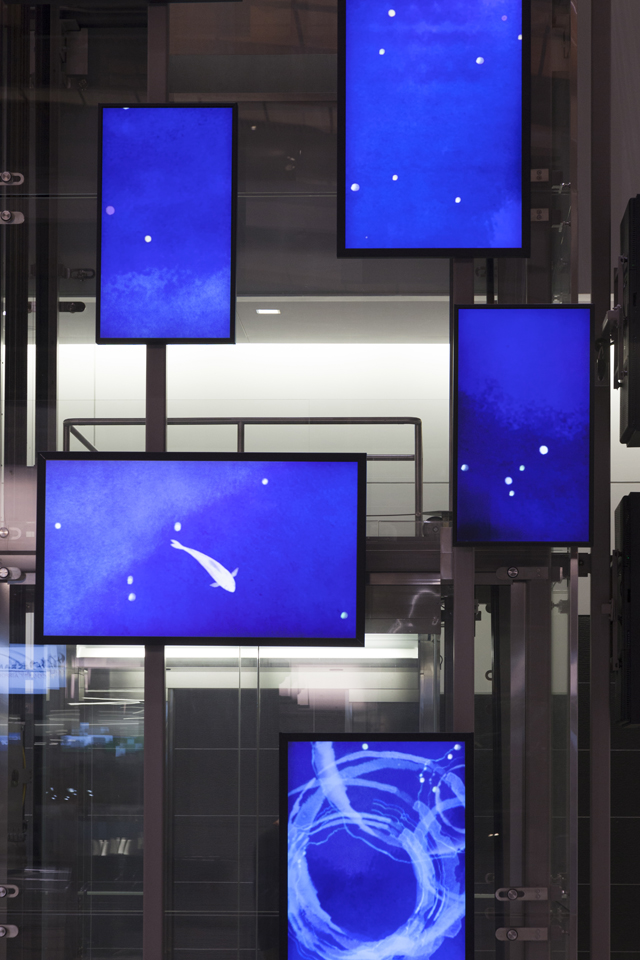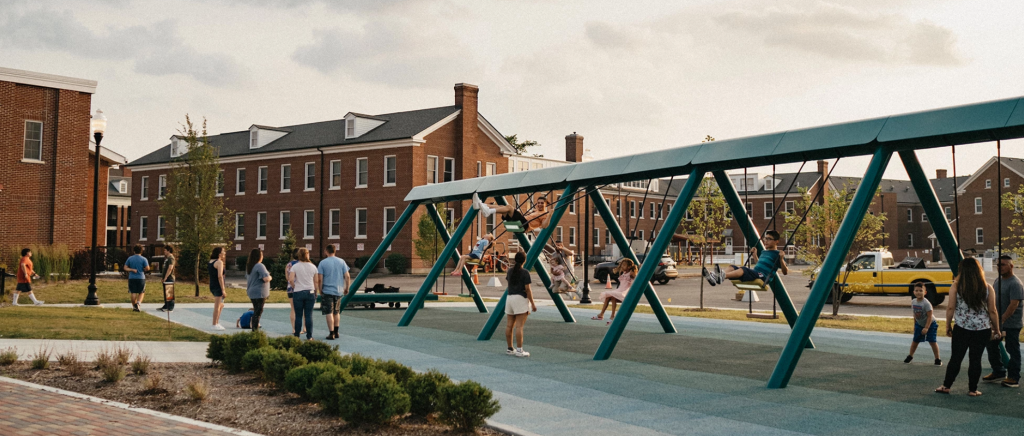In this week’s Looking Outward, I picked Eva Schindling’s work called Liquid Sound Collision.
In this work project, Eva shows a simulation of sound wave’s collision with the property of water waves. She initials the simulation with a cylinder, and the on the two ends of the cylinder, she started to implement sound on the surface. These sound waves expands like actual waves, and as they collide in the middle, the whole shape of the cyliner start to twist and change. There are a lot of uncertainty in the shape of the cylinder, as the sound waves have various shapes. Eva refers these shapes as a tension resulted from confrontations of body and mind, chaos and order, and simplicity and complexity. She uses this simulation into sculptures and other art works.
I think this is a very useful and meaningful exploration in visualizing abstract ideas. We usually talk about conflict, confrontation, and tension between relationships, but it’s very hard to actually see these ideas. But this simulation makes people feel these confrontations.
Eva is a female artist that explores technology, computation, and design. She visualizes a lot of abstract ideas such as higher dimensions into something that we can feel and understand.
http://www.evsc.net/home/liquid-sound-collision


![[OLD SEMESTER] 15-104 • Introduction to Computing for Creative Practice](https://courses.ideate.cmu.edu/15-104/f2022/wp-content/uploads/2023/09/stop-banner.png)









